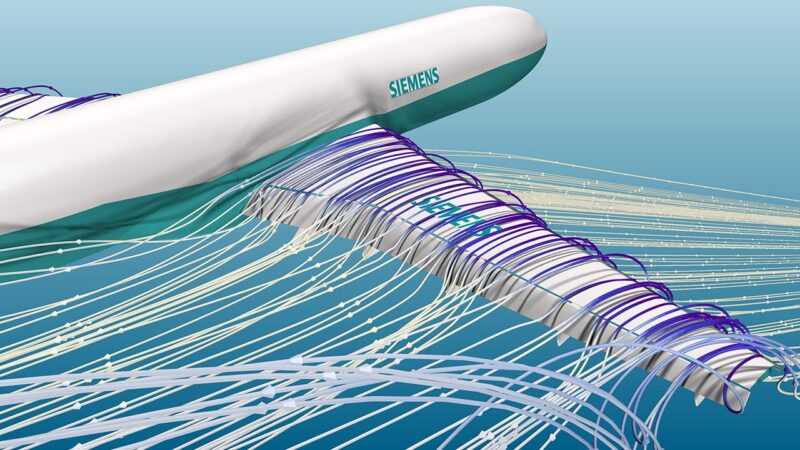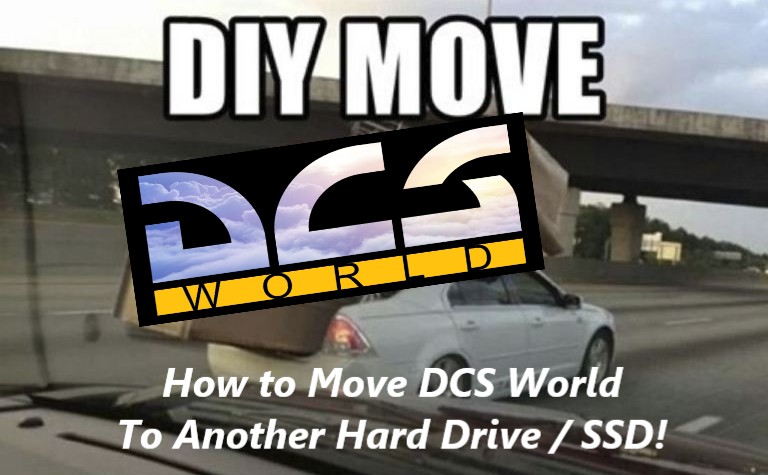The Evolution of Commercial Aircraft: Advancements in Technology That Shrunk the World.
Commercial aviation has undergone a remarkable transformation since the first passenger flight in the early 20th century. Advancements in airframe design, propulsion systems, avionics, and safety technology have not only made air travel faster, safer, and more efficient but also connected distant corners of the globe like never before. This blog explores the evolution of commercial aircraft, highlighting key technological milestones and how they revolutionized global travel.

The Dawn of Commercial Aviation: From Pioneers to Profit
Commercial aviation began humbly in 1914 with the St. Petersburg-Tampa Airboat Line, which carried a single passenger on a 23-minute flight. Early aircraft like the Ford Trimotor and Douglas DC-3 laid the foundation for modern air travel. However, these planes were limited by speed, range, and passenger capacity.
- Ford Trimotor (1926): Often called the “Tin Goose,” it featured all-metal construction, a significant improvement over wood-and-fabric aircraft. With a cruising speed of about 95 mph, it was reliable but far from fast.
- Douglas DC-3 (1935): The first aircraft to make commercial aviation profitable, it could carry up to 32 passengers and had a range of 1,500 miles, reducing travel times significantly.
These early advancements set the stage for further innovation in commercial aviation.
Advances in Aircraft Design: Aerodynamics and Airframes
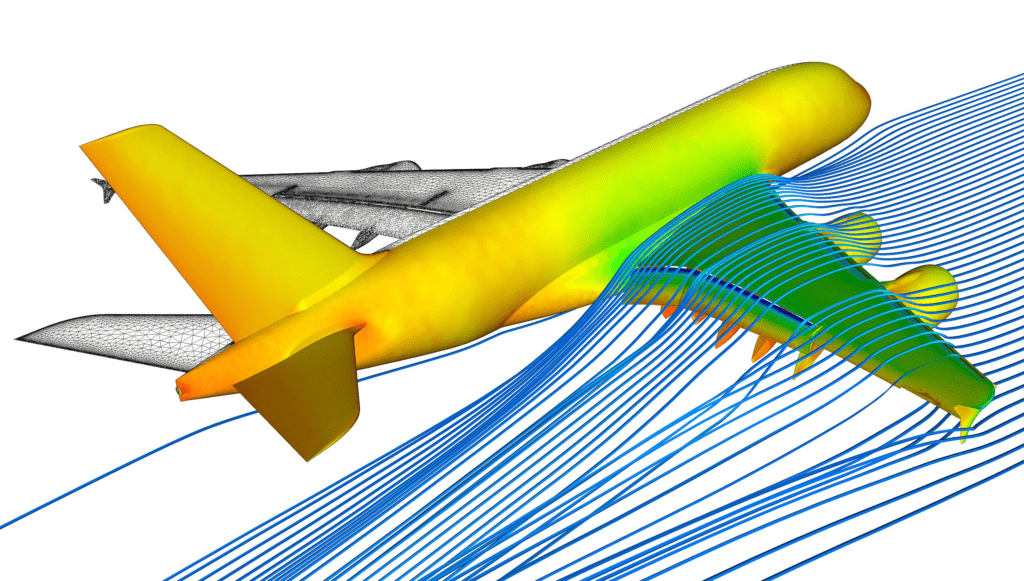
Streamlining for Speed
In the mid-20th century, engineers began to prioritize aerodynamic efficiency. Aircraft like the Boeing 247 and Lockheed Constellation featured retractable landing gear and smoother, streamlined fuselages to reduce drag and improve fuel efficiency.
- Lockheed Constellation (“Connie”): Introduced in 1943, its sleek design and pressurized cabin allowed it to fly at higher altitudes, above turbulence, making flights smoother and faster.
Jet Age Revolution
The introduction of jet engines in the late 1940s and 1950s marked a seismic shift in commercial aviation. Jet aircraft like the de Havilland Comet and Boeing 707 could fly faster, higher, and farther than their piston-engine predecessors, drastically reducing travel times.
- De Havilland Comet (1952): The world’s first commercial jetliner, the Comet cruised at speeds of 450 mph, cutting flight times by half compared to propeller-driven planes.
- Boeing 707 (1958): With transatlantic capability, it ushered in the era of mass international travel, connecting continents in mere hours.
Widebody Aircraft
The 1970 introduction of the Boeing 747, the first widebody “jumbo jet,” revolutionized commercial aviation by increasing passenger capacity to over 400. The 747’s range and efficiency made long-haul travel affordable for millions.
- Joystick / HOTAS – AMAZON.com
- Rudder Pedals – AMAZON.com
- Throttle Quadrant – AMAZON.com
- Gaming Chair – AMAZON.com
- VR Headset – AMAZON.com
Materials Innovation: From Aluminum to Composites

The materials used in aircraft construction have played a crucial role in improving performance, safety, and fuel efficiency.
Early Aluminum Alloys
Aircraft like the DC-3 and early jetliners were built primarily from aluminum alloys, which offered a good balance of strength and weight.
Composite Revolution
Modern commercial aircraft, such as the Boeing 787 Dreamliner and Airbus A350, incorporate advanced composite materials like carbon fiber-reinforced polymers. These materials are lighter, stronger, and more resistant to corrosion than aluminum.
- Boeing 787: About 50% of its airframe is made of composites, resulting in a 20% reduction in fuel consumption compared to similar-sized aircraft.
Propulsion: From Piston Engines to Turbofans

Piston Engines
Early commercial aircraft, like the DC-3, relied on radial piston engines, which were heavy, noisy, and inefficient.
Jet Engines
The advent of turbojet engines transformed aviation in the 1950s. Jet engines produced greater thrust, enabling higher speeds and altitudes.
- Pratt & Whitney JT3D: The first turbofan engine, introduced in the 1960s, was quieter and more fuel-efficient than turbojets, making it ideal for commercial aircraft.
Modern High-Bypass Turbofans
Today’s engines, such as the Rolls-Royce Trent XWB and GE9X, feature high-bypass ratios, where most of the air bypasses the engine core.
- Fuel Efficiency: High-bypass engines are far more efficient, reducing fuel burn and emissions.
- Noise Reduction: Modern engines are significantly quieter, thanks to advanced acoustic treatments and fan blade designs.
Avionics: From Analog Instruments to Glass Cockpits
Early Navigation and Instrumentation
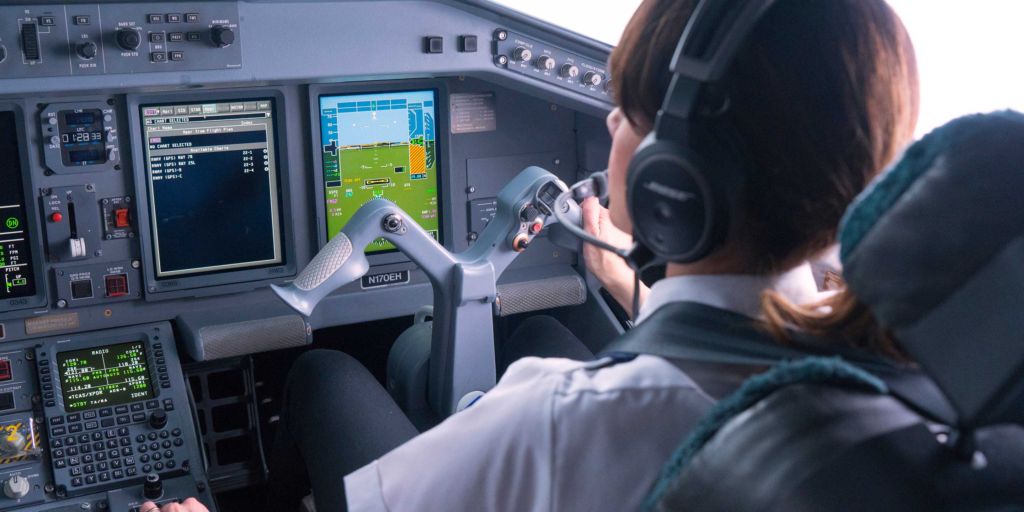
Early pilots relied on basic analog instruments and ground-based navigation aids like the Non-Directional Beacon (NDB).
The Digital Revolution
The 1980s and 1990s saw the rise of glass cockpits, which replaced analog dials with digital displays.
- Flight Management Systems (FMS): Automate navigation, reducing pilot workload.
- Synthetic Vision Systems (SVS): Provide a 3D virtual view of terrain, enhancing situational awareness.
- Airbus A320: The first commercial aircraft with a fully digital fly-by-wire system, eliminating traditional mechanical controls.
Automation and Connectivity
Modern aircraft feature enhanced connectivity, enabling real-time data exchange with ground control and other aircraft. This connectivity improves safety and operational efficiency.

Shrinking Travel Time: Supersonic and Beyond
Concorde
The Aérospatiale/BAC Concorde, introduced in 1976, could cruise at Mach 2, cutting transatlantic flight times to under three hours. Despite its speed, high operating costs and noise restrictions led to its retirement in 2003.
The Future of Supersonic Travel
New supersonic projects, such as Boom Supersonic Overture, aim to revive faster-than-sound travel with improved fuel efficiency and reduced environmental impact as well as reduce or eliminate the sonic boom issue with supersonic flight.
Safety Innovations: Making Air Travel the Safest Mode of Transport
Redundant Systems
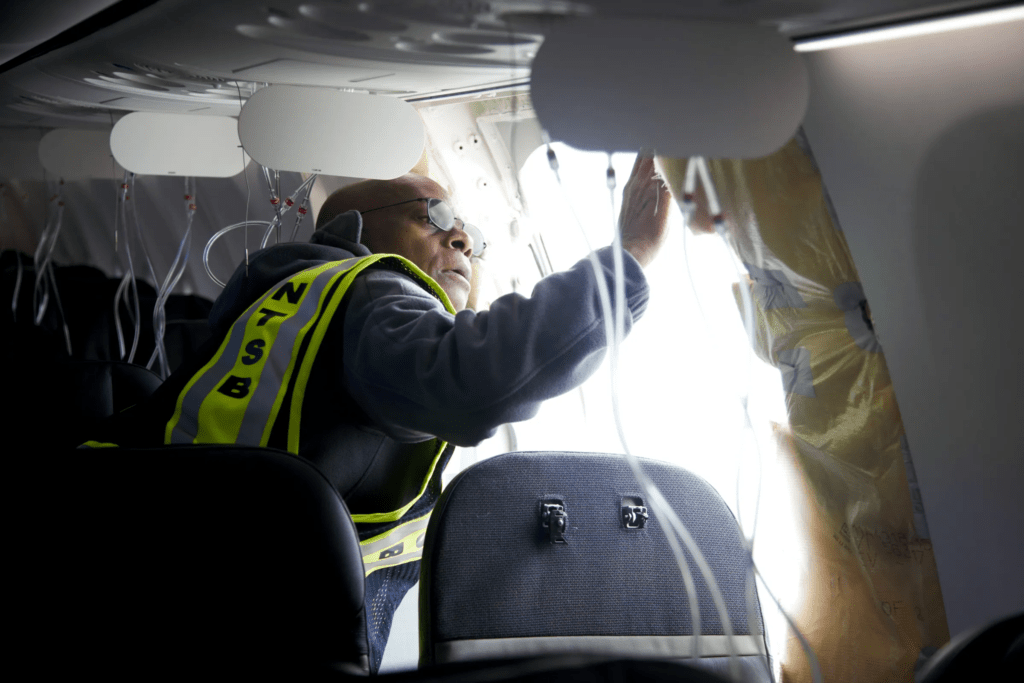
Modern aircraft feature multiple redundant systems, ensuring critical functions remain operational even in the event of a failure.
Enhanced Weather Detection
- Radar Evolution: Weather radar has advanced significantly, with Doppler radar providing real-time information on wind shear and turbulence.
- Predictive Analytics: Modern systems can anticipate weather-related issues, allowing pilots to avoid dangerous conditions.
Collision Avoidance Systems
- Traffic Collision Avoidance System (TCAS): Alerts pilots to potential mid-air collisions, offering suggested avoidance maneuvers.
Auto-Land Systems
Aircraft like the Boeing 787 and Airbus A350 are equipped with autoland capabilities, ensuring safe landings in poor visibility or if pilots are incapacitated.
Passenger Comfort: A Revolution in Cabin Design
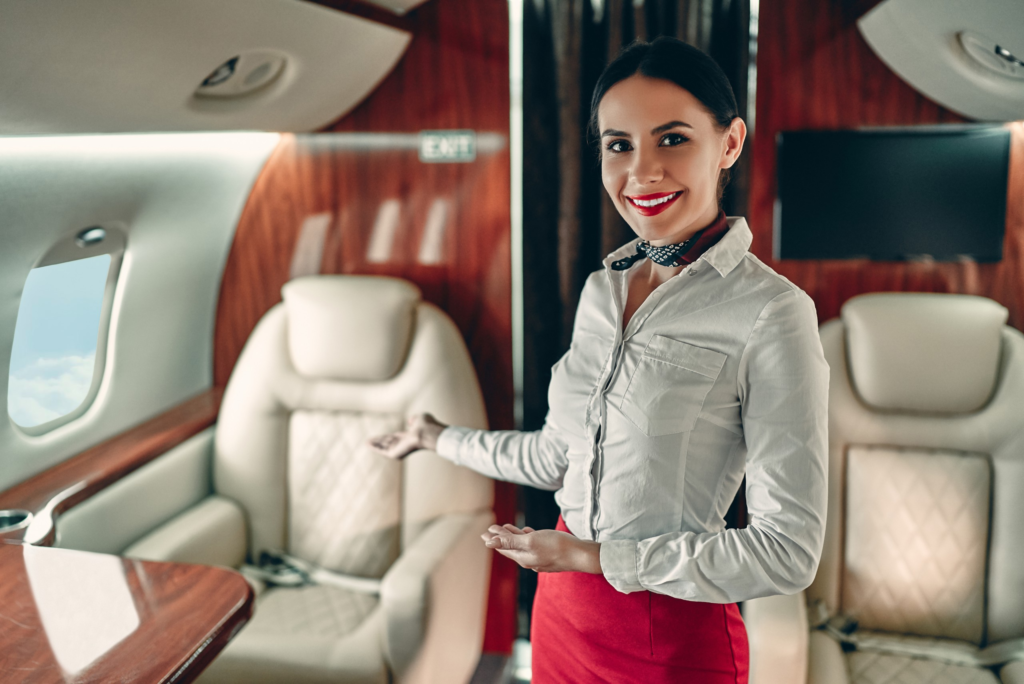
Pressurization and Humidity
Modern aircraft cabins, like those of the Boeing 787, are pressurized to lower altitudes and maintain higher humidity levels, reducing passenger fatigue.
In-Flight Entertainment
From seatback screens to high-speed Wi-Fi, in-flight entertainment has become a standard feature, enhancing the passenger experience.
Quiet Cabins
Advanced insulation materials and quieter engines contribute to a more peaceful in-flight experience.
Environmental Sustainability: A New Frontier

Fuel Efficiency
Modern engines and lightweight materials have significantly reduced fuel burn.
Biofuels and Electric Propulsion
- Biofuels: Airlines are increasingly using sustainable aviation fuels (SAFs) to reduce carbon emissions.
- Electric Aircraft: Companies like Eviation are developing all-electric aircraft for short-haul routes, promising zero emissions.
Design for Sustainability
Aircraft like the Airbus A220 are optimized for efficiency, with lower operating costs and reduced environmental impact.
Global Impact: Connecting the World
Advancements in commercial aviation have not only reduced travel times but also brought cultural and economic benefits.
- Globalization: Faster, more affordable air travel has enabled the growth of international trade and tourism.
- Crisis Response: Aircraft play a vital role in disaster relief, transporting aid quickly to affected regions.
- Latest CPU’s Available Now – Amazon.com
- Get a NEW GPU Best Performance – AMAZON.com
- Upgrade RAM Here today – AMAZON.com
- Prebuilt PC Options – AMAZON.com
Conclusion: The Future of Commercial Aviation
From the first rudimentary passenger planes to today’s ultra-efficient jets, commercial aviation has come a long way. Innovations in aerodynamics, materials, propulsion, avionics, and safety have transformed air travel into the safest and most efficient mode of transport.

As the industry moves toward greater automation, sustainability, and even supersonic speeds, the future of commercial aviation promises to be even more exciting. The world is smaller and more connected than ever, thanks to these remarkable advancements in flight technology.
Author
Brendon McAliece (Aka Gunnie) is a military veteran with 23 years working on Jet Fighters, their weapons systems and ejection seat/module systems as well as munitions and R&D. Involved with flight simulation since the 1980s, he has flown all the major flight simulators over the years.
He is an Australian expat who has lived in Malaysia, UK, Saudi Arabia and more recently Thailand. He is a multi-lingual blogger who loves to share his life experiences here on LetsFlyVFR.com and DreamingGuitar.com, with his lifestyle and Travel experiences Blog plus his Dreaming Coffee website.
Learn More @ DreamingGuitar.com – DreamingCoffee.com – LetsFlyVFR.com
( HOME – BLOG – SHOP – ABOUT )
As an Amazon affiliate I may benefit from qualifying sales.
